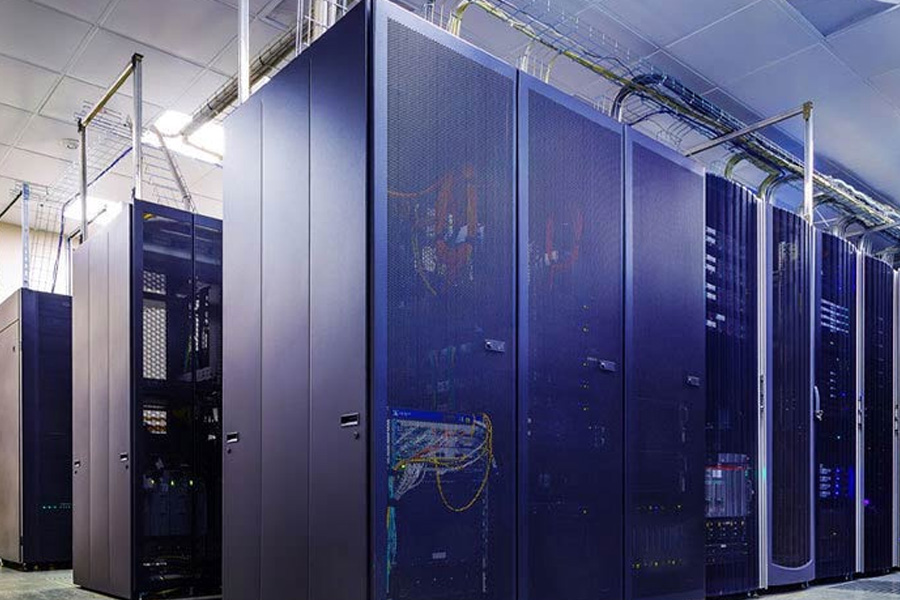Such is the demand for cloud-based apps and services that correct infrastructure has become imperative for enterprises. Upgrades like 10Gbps dedicated servers are tremendous strides. These servers improve cloud hosting data transfer speed, latency, and scalability. This article shall try and illustrate just how 10Gbps speeds can change your architecture in the cloud, making applications faster, efficient, and more scalable.
Data Transfer Speed
The primary benefit of the dedicated servers is high-speed data transfer. The bandwidth of the traditional servers would not allow data delivery to happen at a lightning-fast rate from cloud resources towards the end-users. Through 10Gbps, your cloud hosting solution may expedite data transfers, thereby aiding your end-users. Organizations could work effectively on huge data migrations, complex searches, and big file transfers through 10Gbps. Companies depending on real-time data analysis or in finance and healthcare would make decisions based on contemporary data with increased throughput.
Improved Latency Management
Latency-the time taken before data transference occurs after receiving an instruction -is very important to user delight and application performance. With latency on regular servers, page loads and system performance take much longer. A 10gbps dedicated server can process and forward the data requests very rapidly because of high data transferring speed. That becomes particularly important for real-time application: streaming, online gaming, and SaaS. Thus, reduced latency helps enhance end-user experience, and therefore, more customers retain them by offering seamless, uninterrupted services.
Scalability and Flexibility Improvement
With the resource and bandwidth needs of business organizations, dedicated 10Gbps servers are seen to increase. As businesses become bigger, so are their requirements. The flexibility and elasticity of 10Gbps dedicated servers allow businesses to dynamically scale the infrastructure at the earliest instance. The servers will handle any surge in traffic and data processing without such eventualities as downtime or low performance. Scaling upward is easier because organizations can quickly add more resources without having to wait for a long configuration setup. This gives companies the agility to keep with the rapid pace of the digital marketplace while responding to consumers’ needs and market changes.
Newer Applications and Technologies Support
The latest technologies, for example, AI, ML, and IoT pose the challenge to the processing capacity of data which relies on the large data sets as well as fast processing capabilities. Such applications usually demand standard hosting options may not provide. On the other hand, 10Gbps dedicated server architecture is suitable for these current applications as its immense processing capabilities handle huge data volumes efficiently. Machine learning algorithms do perform well with fast data access in training and IoT devices may easily send telemetry data to the cloud for analytics. Businesses working with 10Gbps servers can be very successful without running into the usual issues that occur when the infrastructure is not that fast as the former will be fast and reliable.
Conclusion
Cloud-based applications and services are dominating the digital space so hence organizations require just the right server architecture to gain. Other advantages of 10Gbps dedicated servers encompass faster data transmit time, better control over latency, and all strength of scalability. Organizations can traverse contemporary computing and build optimum user experiences by taking advantage of these benefits. Where speed and performance matter, 10Gbps may be the key to unlock cloud hosting success.



